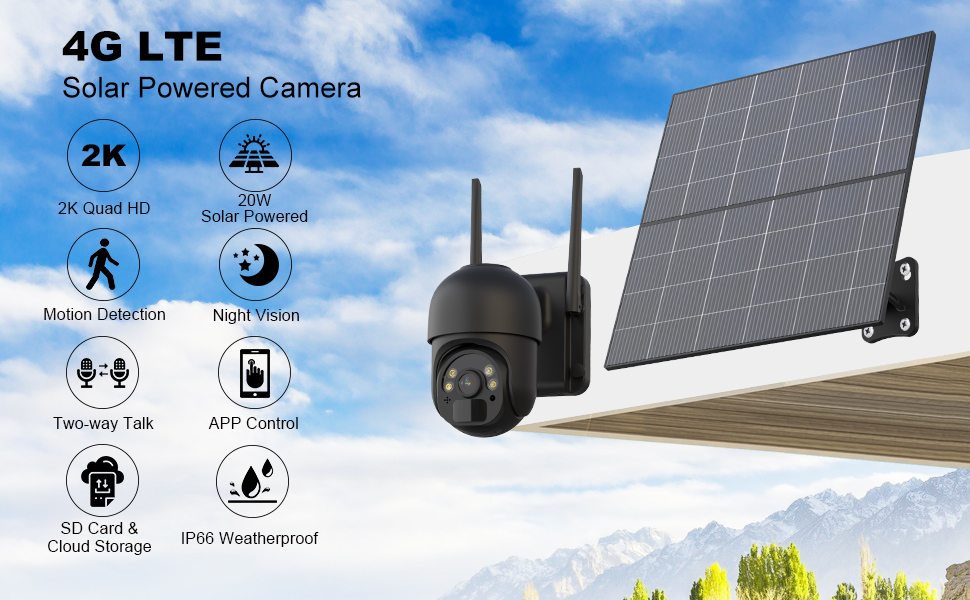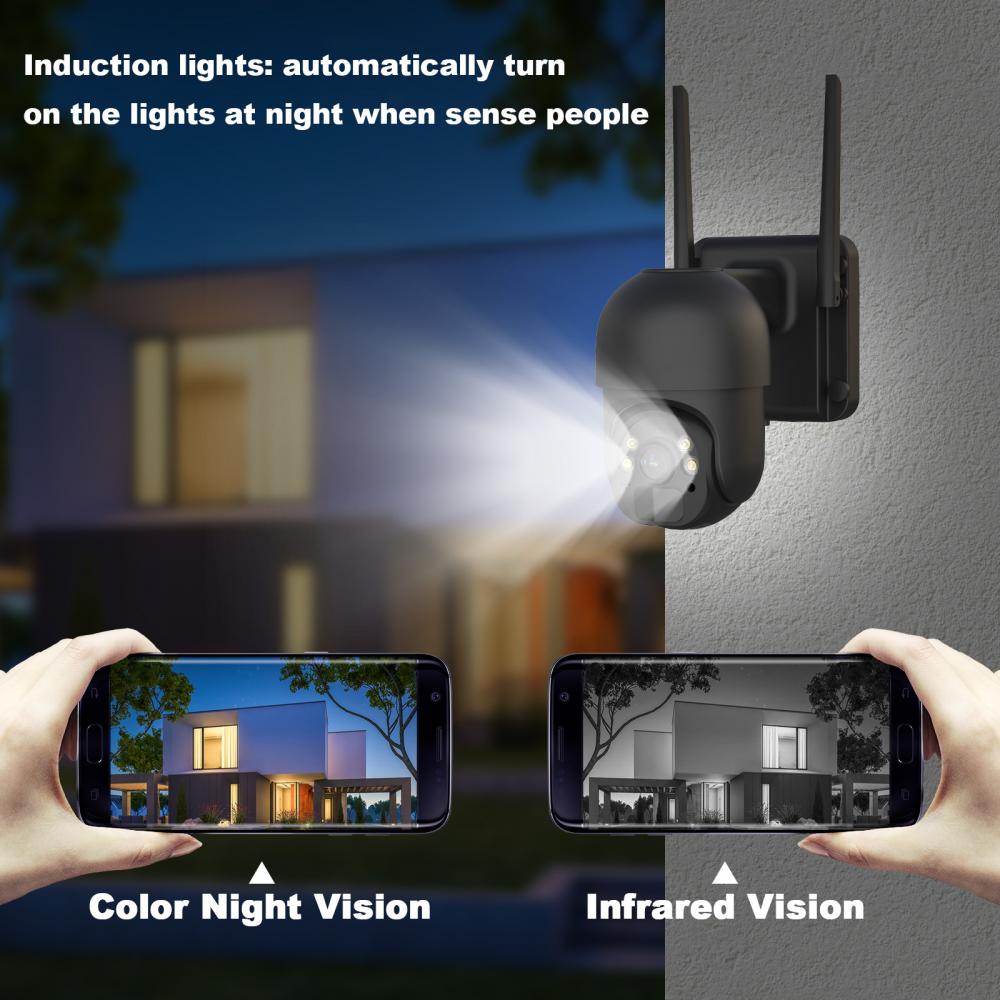Rosemary, also known as "Alisanthima," is a renowned aromatic herb native to the Mediterranean region. This beautiful plant not only adds visual appeal with its attractive green foliage and silvery back but also emits a strong, pleasant fragrance that can freshen the air and naturally repel insects like mosquitoes and flies. Its aromatic properties are known to invigorate the mind, improve memory, and help regulate emotions, making it a popular choice for both ornamental and functional use in gardens and homes.
Botanically classified as a perennial member of the Lamiaceae (mint) family, rosemary typically grows between 30 cm and 80 cm tall. It features an upright, branching stem with narrow, lance-shaped leaves measuring about 2.5–3 cm in length and 0.2 cm in width. The leaves are dark green on the front and grayish on the underside. Rosemary blooms during spring and summer, producing small, tubular flowers in shades of purple, white, yellow, or pink. After flowering, it produces small black seeds weighing approximately 1.1 grams.
This hardy plant has strong adaptability, thriving in well-drained soil and tolerating drought and poor soil conditions. However, it is not very cold-resistant, so in colder northern regions, it's advisable to cover the plants with mulch during winter to protect them from frost. Germination of rosemary seeds can be challenging due to low germination rates. To improve success, seeds should be soaked in warm water at 30°C for 8–12 hours before sowing, and the outer mucilage should be gently removed. The seedbed needs to be finely leveled, and after sowing, a thin layer of fine soil should be lightly applied, followed by covering with a plastic film to maintain moisture and warmth. Once the seedlings have developed 6–8 true leaves, they can be transplanted into pots or directly into the garden. When the main stem reaches about 15 cm in height, it should be pruned to encourage lateral growth, and when the side branches reach 30 cm, they can be harvested for use.
Dome Solar Camera
What do Dome Solar Camera Work ?
Solar surveillance cameras use solar panels to capture sunlight and convert it into direct current (DC). After that, the inverter will turn the DC power into alternating current (AC), which can be used to power the solar-powered security IP cameras and batteries for continued use. When there's no sunlight, wireless solar-powered security cameras can still draw power from a rechargeable battery that stores excess electricity generated by the solar panels.


Note: Contrary to popular belief, solar-powered cameras can also generate electricity on rainy or cloudy days because visible light can also pass through rain and clouds. But it goes without saying that solar powered surveillance cameras are less efficient on rainy or cloudy days, so maximum direct sunlight is beneficial for solar powered surveillance cameras to perform at their best. And, since outdoor solar-powered surveillance cameras come with a weatherproof design, you don't need to worry about them on rainy days. In fact, the occasional rain can be a boon - clean the surveillance cameras on your solar panels for free
Dome Solar Camera,solar powered,Night light,PTZ control,Security CCTV Cameras,Ip Camera
Shenzhen Fuvision Electronics Co., Ltd. , https://www.outdoorsolarcamera.com

